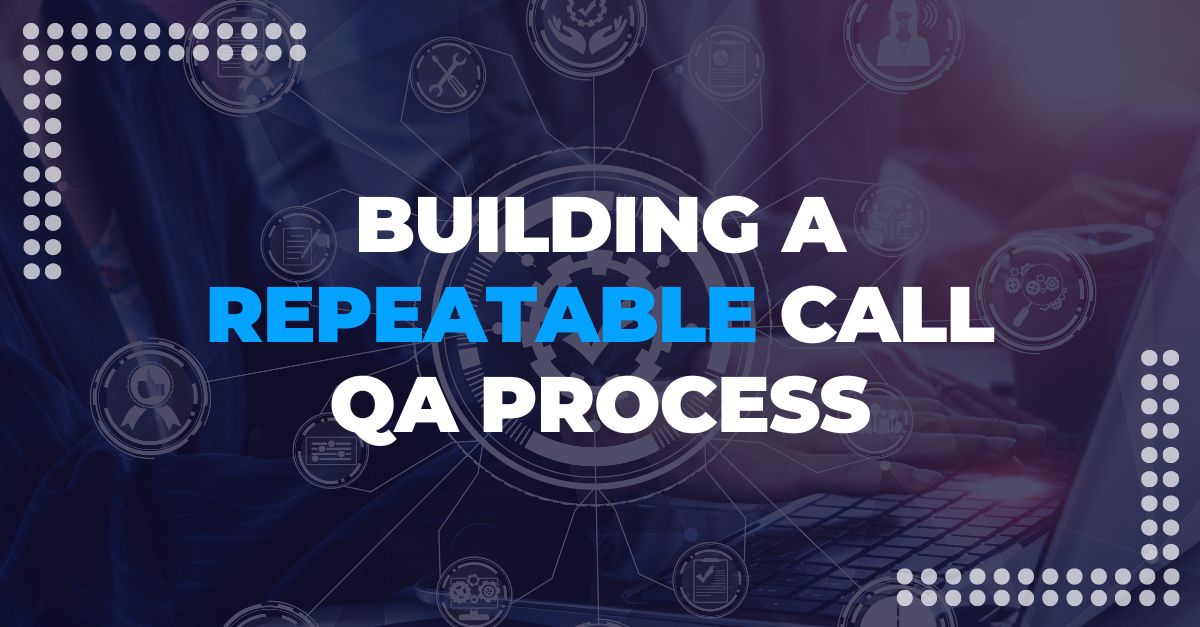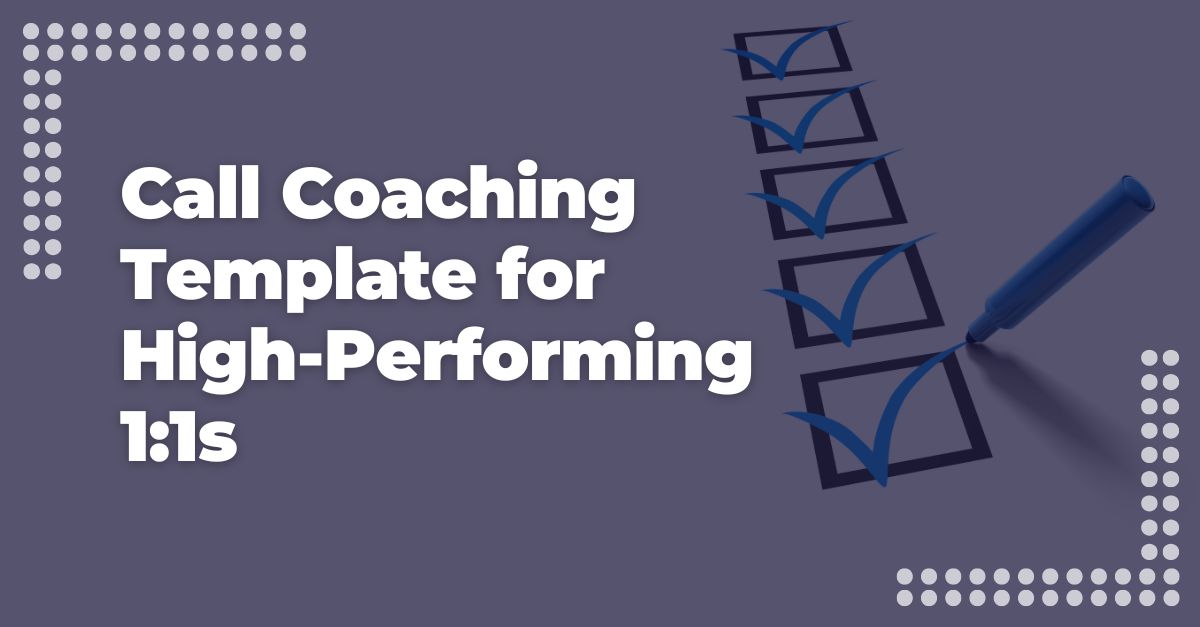Progression requires adaptability. If you’re doing the same things as you were 10 years ago, it’s probably time for change.
But we know you’ve heard that before.
If you’re looking to refresh your onboarding process for agents or just want to learn more about the different technology that’s out there, then you’re in the right place.
In this post, we’re taking a trip down memory lane and exploring the stark differences between agent onboarding 10 years ago and the streamlined, tech-driven processes we now take for granted.
What agent onboarding used to look like
While a decade doesn’t seem that long ago, when it comes to tech advancements it’s quite drastic.
A decade ago, agent onboarding was often a tedious and time-consuming affair.
Paperwork was king.
Manuals and training materials created mountains of administrative work.
The process was not only cumbersome but also prone to errors and outdated information.
Talk about being inefficient. New agents were often overwhelmed, struggling to navigate through piles of printed documents and understand their roles within the organization.
Training was primarily conducted in person, which required a significant amount of your manager’s time or larger companies had a whole team for training and development.
This led to a variety in the quality and depth of training that new agents experienced. Agent onboarding was not as streamlined as it can be today.
But most companies don’t realize this problem until they take a step back. It’s like the boiling frog analogy.
Check out this agent assist coaching guide
How software has changed agent onboarding
What used to take days, now takes hours. What used to take hours, now takes minutes. Thanks to the advancements in agent onboarding software and technology.
Here are some of the ways software has made managers and training staff onboarding processes more efficient.
Interactive Learning and Gamification
Ten years ago, onboarding was synonymous with long, monotonous training sessions sitting at a desk or behind a computer. Today, software has introduced interactive learning modules and gamification elements that make the process engaging and enjoyable.
New agents can now participate in virtual simulations, role-playing scenarios, and quizzes that test their knowledge dynamically and interactively.
This not only enhances the learning experience but also fosters a competitive yet collaborative spirit among new hires.
Personalization and Adaptive Learning Paths
In the past, onboarding programs took a one-size-fits-all approach, often overlooking individual learning preferences and speeds.
Today’s software, however, leverages AI to create personalized onboarding experiences.
Machine learning algorithms analyze the progress and performance of each agent, adapting the learning path to cater to their specific needs.
It also allows for more efficient use of time, as agents can focus on areas where they need improvement rather than sitting through generic training sessions.
Real-time Feedback
One of the most significant improvements brought about by agent onboarding software is the ability to provide real-time feedback and performance analytics.
In the past, assessing the progress of new agents was a manual and time-consuming process
Now agents and managers can see in real-time the strengths and weaknesses of agents,
Plus with real-time call guidance software, like Abstrakt, agents can be guided with the right thing to say at the right time live on the call. This improves call handle time, customer satisfaction, and the overall confidence of agents.
Embracing the future
The difference in agent onboarding between a decade ago and today is nothing short of amazing.
What was once a laborious and error-prone process has transformed into a streamlined, tech-driven experience that prioritizes efficiency, engagement, and personalization.
As we look to the future, the ongoing evolution of technology promises even greater advancement. We’ll just have to see how much agent onboarding changes in ten years from now.
If you can take away anything from this post, it’s a reminder to stay up-to-date with the latest tech trends, compare software solutions with other companies, and dive into your inefficiencies to see what can be improved.


